Introduction
In the realm of architectural design, the importance of rendering cannot be overstated. As projects evolve from abstract concepts to tangible realities, the various classifications of architectural rendering play a pivotal role in communicating ideas, facilitating discussions, and ultimately influencing investment decisions. From photorealistic renderings that captivate clients with lifelike detail to conceptual renderings that convey the essence of a vision, architects must navigate a complex landscape of tools and techniques.
This article delves into the intricacies of architectural rendering, exploring:
- Expert tips for achieving high-quality visuals
- The critical role of communication in rendering projects
- The innovative technologies that enhance client engagement
By understanding these elements, architects can harness the full potential of rendering to elevate their designs and foster successful collaborations.
Understanding the Types and Classifications of Architectural Rendering
Architectural visualization includes various categories, each customized to serve specific functions within the creation process. Photorealistic images are meticulously crafted to simulate real-world visuals, making them indispensable for high-stakes client presentations where detail and accuracy are paramount. In contrast, conceptual illustrations prioritize the communication of ideas over intricate specifics, making them particularly useful during the initial design phases.
Furthermore, schematic illustrations concentrate on the technical aspects, effectively facilitating discussions about layouts and spatial relationships among stakeholders. Notably, 3D townhome visualization serves as a powerful tool for developers, enhancing clarity and communication, and providing a compelling narrative that can engage builders, lenders, and municipalities. Comprehending these classifications is essential for architects, as it enables them to make informed architectural rendering project judgments that align with their goals and resonate with client expectations.
Each type of visualization caters to different levels of detail, with photorealistic images offering the highest fidelity for detailed presentations, while conceptual and schematic visuals provide broader strokes that are essential in earlier design stages. As the market develops, particularly with 62% of architecture firms using cloud-based collaboration tools, architects are increasingly prepared to take advantage of advancements in rendering technology, enhancing both accessibility and results. Moreover, the role of pre-sales visualization in architectural rendering project judgments is crucial in instilling confidence in the endeavor, as it generates interest and investment long before the physical realization of the initiative.
Our case studies illustrate that effective pre-sales visualization can significantly influence investment choices and confidence in the endeavor. It’s also worth mentioning the ongoing significance of customer feedback in enhancing interior visuals during renovation undertakings; participating in meaningful conversation to reflect customer insights is crucial for fulfilling expectations. Furthermore, the case study on Digital Asset Management (DAM) in AEC reveals that the global DAM market was valued at $3.96 billion in 2023, with projections to reach $16.18 billion by 2032.
Implementing DAM systems can significantly improve accessibility and organization, ultimately enhancing project coordination and proposal success rates.
Expert Tips for Achieving High-Quality Architectural Renderings
Achieving high-quality architectural visuals requires a meticulous approach to several key elements, which are crucial for making architectural rendering project judgments that directly impact client satisfaction and emotional connection.
- Lighting: The interplay of natural and artificial light is crucial in setting the mood of your visuals.
Employ High Dynamic Range Imaging (HDRI) for authentic outdoor lighting effects, while contrasting artificial lighting in interiors with the natural sunlight found in exteriors. Recent advancements in architectural visualization underscore the significance of effective lighting techniques, as they can significantly enhance realism and viewer engagement. When creating exterior visuals, attention to tiny details such as shadows and reflections can add depth and convey a compelling narrative of the design’s essence.
The architectural visualization field is evolving exponentially due to advancements in AI and widespread access to knowledge and tools, making it essential to stay updated with modern techniques that ensure precision in architectural rendering project judgments.
- Textures: The use of high-resolution textures is essential for adding depth and intricacy to your models.
Carefully selected texture maps can enhance realism without overpowering the visual narrative. This is especially crucial in external representations, where materials must not only appear genuine but also mirror the environment’s features. As the field evolves, the demand for advanced texture applications continues to grow, emphasizing the need for meticulous detail to capture the essence of the design.
- Thoughtful composition is fundamental to effective architectural visualizations. Utilize the rule of thirds to create balanced and visually appealing layouts.
Consider the focal point carefully, as it directs the viewer’s attention and enhances the overall effect of the depiction. As Kalina Prelikj states, ‘A jack of all trades and a Master of Architecture, I enjoy embracing my creative side… helping celebrate the world’s best designs and the people behind them.’ This creative approach is vital in mastering these techniques, which not only elevates the quality of your work but also aligns with the latest trends in architectural visualization.
Moreover, the expansion in the Asia Pacific market underscores the beneficial influence of government efforts supporting energy-efficient lighting and smart city developments, further highlighting the importance of effective lighting methods in architectural designs to satisfy both aesthetic and practical needs. In summary, understanding the technical distinctions in managing lighting, materials, and composition between interior and exterior representations is crucial for making accurate architectural rendering project judgments that lead to impactful visualizations.
The Role of Communication in Successful Rendering Projects
In architectural rendering project judgments, the importance of sustaining open lines of communication cannot be overstated. Frequent updates and organized feedback meetings with stakeholders are essential for guaranteeing that their architectural rendering project judgments are precisely captured throughout the development lifecycle. Our ultimate delivery procedure illustrates this partnership; once the visuals meet customer expectations, we make architectural rendering project judgments to improve the imagery, increasing their quality and detail to guarantee a refined, professional appearance.
The finished architectural visuals are then provided in your preferred format, prepared for presentations, meetings with customers, or additional development. Implementing visual aids, such as sketches and preliminary architectural rendering project judgments, serves as a powerful tool to facilitate discussions and allow for necessary adjustments early in the process. Establishing clear timelines and project milestones not only aids in managing expectations but also plays a crucial role in mitigating potential conflicts.
Effective communication is essential, as it enhances customer satisfaction and fosters a collaborative atmosphere that can drive innovative solutions related to architectural rendering project judgments. Throughout the whole process of architectural rendering project judgments, we guarantee that customers are engaged at every step, facilitating a collaboration that leads to outcomes that surpass expectations. The honest feedback we receive from clients, as highlighted in our testimonials, underscores our commitment to excellence and the trust we build in every project.
Leveraging Technology: Tools and Software for Architectural Rendering
To enhance your architectural visualization workflow, it is essential to harness cutting-edge tools and software that improve architectural rendering project judgments while elevating both efficiency and quality. Prominent software like V-Ray and Enscape excel due to their strong visualization capabilities, effortlessly connecting with commonly utilized CAD applications. According to recent statistics, V-Ray commands a notable market presence, utilized by 24% of professionals in branding and content creation, while Enscape captures 12% of the market share.
Notably, in 2022, there were 35,621 candidates actively working on licensure, underscoring the competitive landscape and the importance of proficiency in these advanced tools. Lumion, famous for its real-time visualization abilities, enables architects to conceptualize projects interactively, creating an immersive experience for both clients and stakeholders. Each platform provides distinctive features, including:
- Realistic materials
- Advanced lighting effects
- Streamlined export options
These features allow architects to customize their visualization processes to align with project-specific requirements.
The intricacy of an undertaking can greatly influence rendering duration and resource distribution; larger or more elaborate creations require extra focus on detail, ensuring that every nuance of the vision is captured. As 28% of global architects report that most of their endeavors qualify as green, leveraging these advanced tools not only meets industry standards but also contributes to sustainable design practices. Furthermore, high-quality visualizations serve as a powerful window into the future of projects, which is crucial for making architectural rendering project judgments and effective communication.
They build excitement among stakeholders by using architectural rendering project judgments, helping them to visualize the potential outcomes. To sustain effective interactions with customers during the architectural visualization process, it’s essential to control disruptions. As advised, acknowledging points, setting boundaries, and asking direct questions can keep discussions on track.
Staying informed about software advancements is essential for professionals looking to enhance their techniques and attain superior results in their architectural projects.
Enhancing Client Engagement Through Effective Architectural Renderings
High-quality architectural visuals are indispensable in fostering client engagement and strengthening marketing initiatives. At J. Scott Smith Visual Designs, our joint visualization process starts with initial communication and grasping your project vision, ensuring our preliminary visuals effectively represent and validate your architectural rendering project judgments. The process includes detailed modeling, where our skilled artists create accurate 3D models, and material and lighting selection to enhance realism and mood.
By integrating these architectural rendering project judgments into presentations, architects can communicate their design vision with precision, highlighting the distinctive features of each proposal. The incorporation of virtual reality (VR) and augmented reality (AR) technologies further enriches this engagement, allowing users to interactively navigate and experience proposed spaces. This innovative approach captivates prospective customers and differentiates a firm in a competitive market, where there are 73,313 businesses in architecture in the U.S.
Moreover, leveraging social media platforms to showcase visually striking renderings can significantly enhance visibility and attract prospective clients. By enhancing the presentation of architectural work, firms markedly improve their chances of securing new contracts. Statistics indicate that 28% of global architects, engineers, contractors, owners, and investors anticipate that most of their initiatives will qualify as green within three years, underscoring the relevance of effective visual communication in promoting sustainable design practices.
Moreover, comprehending the educational routes of architecture professionals—where 64% of staff architects possess degrees in architecture—can offer insight into their involvement with advanced visualization methods and technologies. Therefore, partnering with J. Scott Smith Visual Designs and embracing advanced rendering techniques and immersive technologies is essential for architects aiming to improve architectural rendering project judgments and drive project success. Contact us today to schedule a consultation and see how we can help bring your design concepts to life.
Conclusion
Architectural rendering is a cornerstone of effective design communication, serving as a bridge between abstract concepts and tangible realities. The various classifications of rendering—ranging from photorealistic to conceptual and schematic—play distinct roles throughout the design process, each tailored to meet specific project needs and client expectations. By mastering these classifications, architects can not only enhance their presentations but also facilitate meaningful discussions that drive project success.
Achieving high-quality renderings requires a meticulous approach that encompasses lighting, textures, and composition. These elements are critical in creating visuals that resonate with clients, evoke emotions, and ultimately influence investment decisions. As technology advances, tools such as V-Ray, Enscape, and Lumion enable architects to refine their workflows and produce stunning visualizations that capture the essence of their designs.
Moreover, the importance of communication in rendering projects cannot be understated. Regular feedback and collaboration with clients ensure that visions are accurately realized, fostering a partnership that leads to exceptional outcomes. Coupled with innovative technologies like virtual and augmented reality, architects can significantly enhance client engagement, making their proposals not just seen but experienced.
In conclusion, architectural rendering is not merely a technical skill but a vital component of the design process that shapes client relationships and project trajectories. By understanding the intricacies of rendering techniques and leveraging advanced tools, architects can elevate their designs and cultivate successful collaborations. Embracing these practices will ultimately lead to more impactful visualizations, driving both client satisfaction and project success in an increasingly competitive landscape.
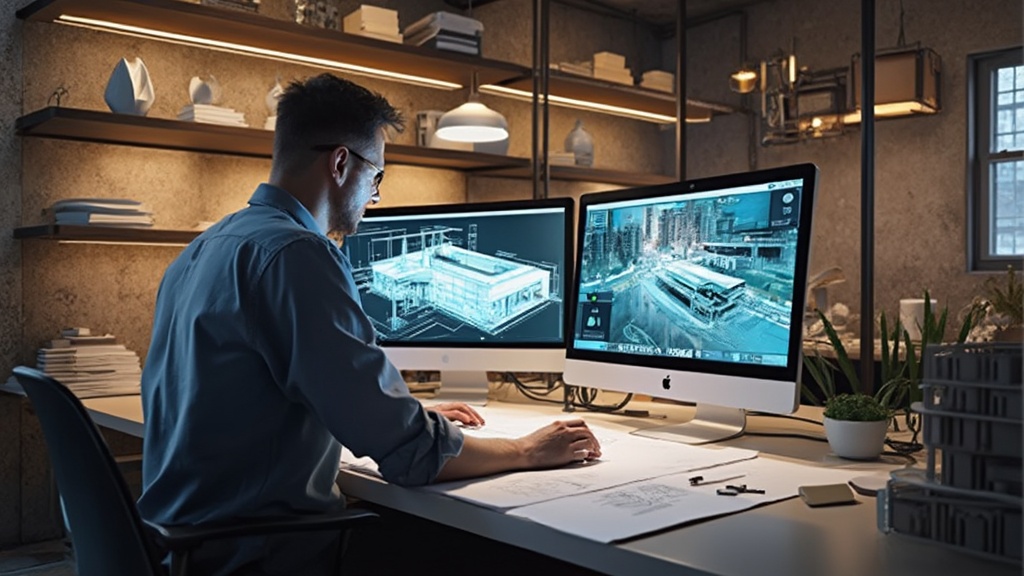
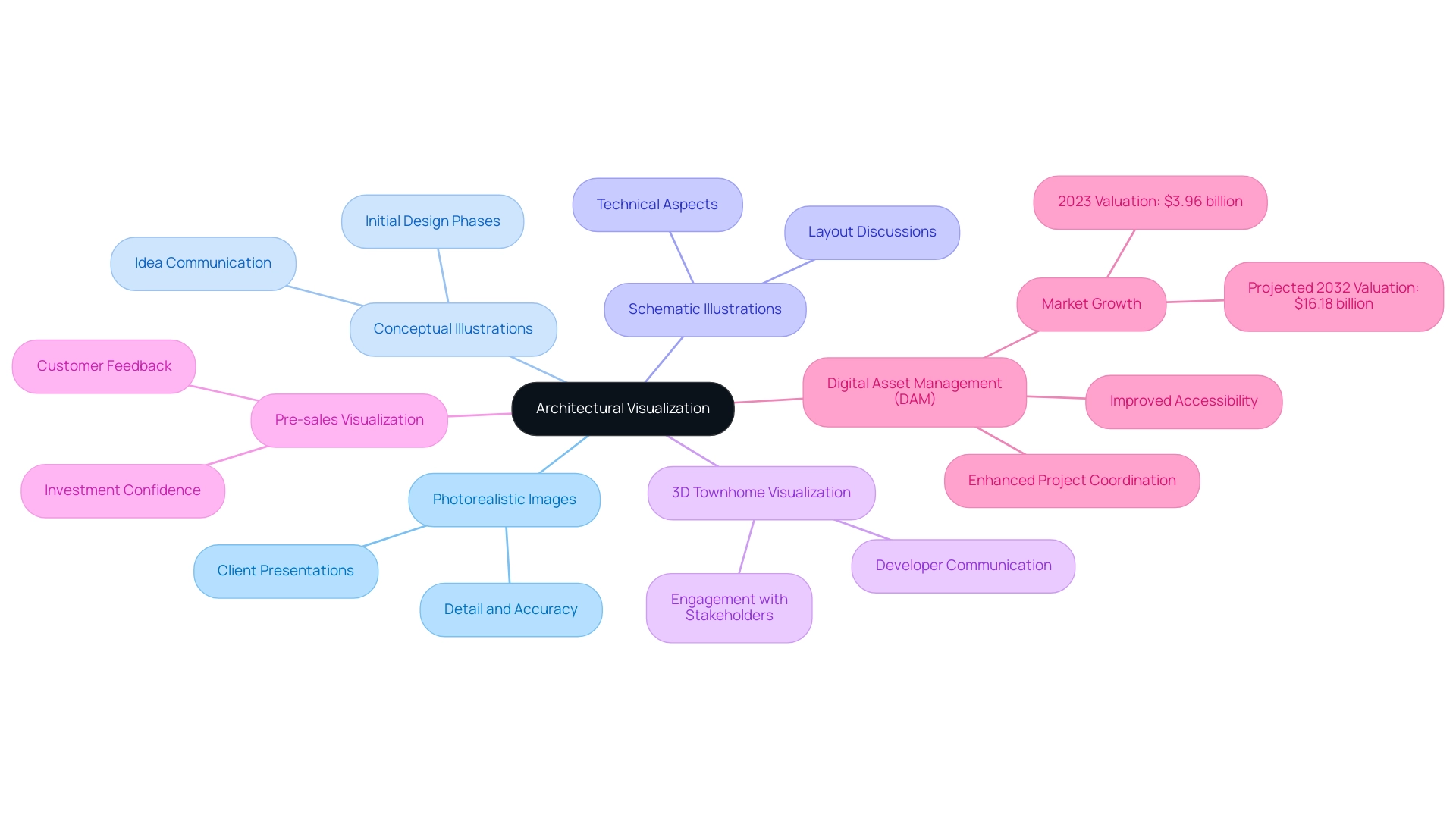
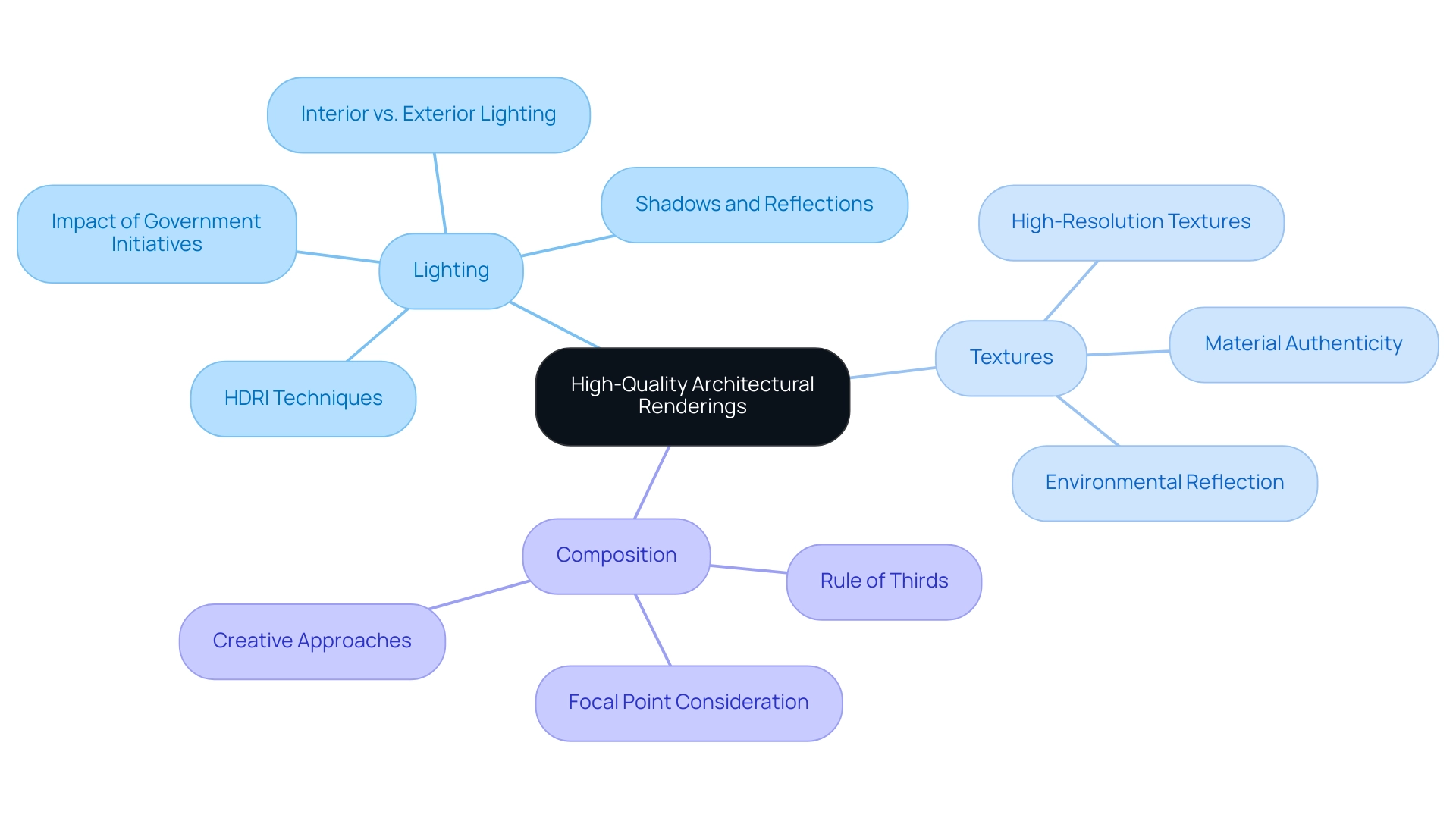
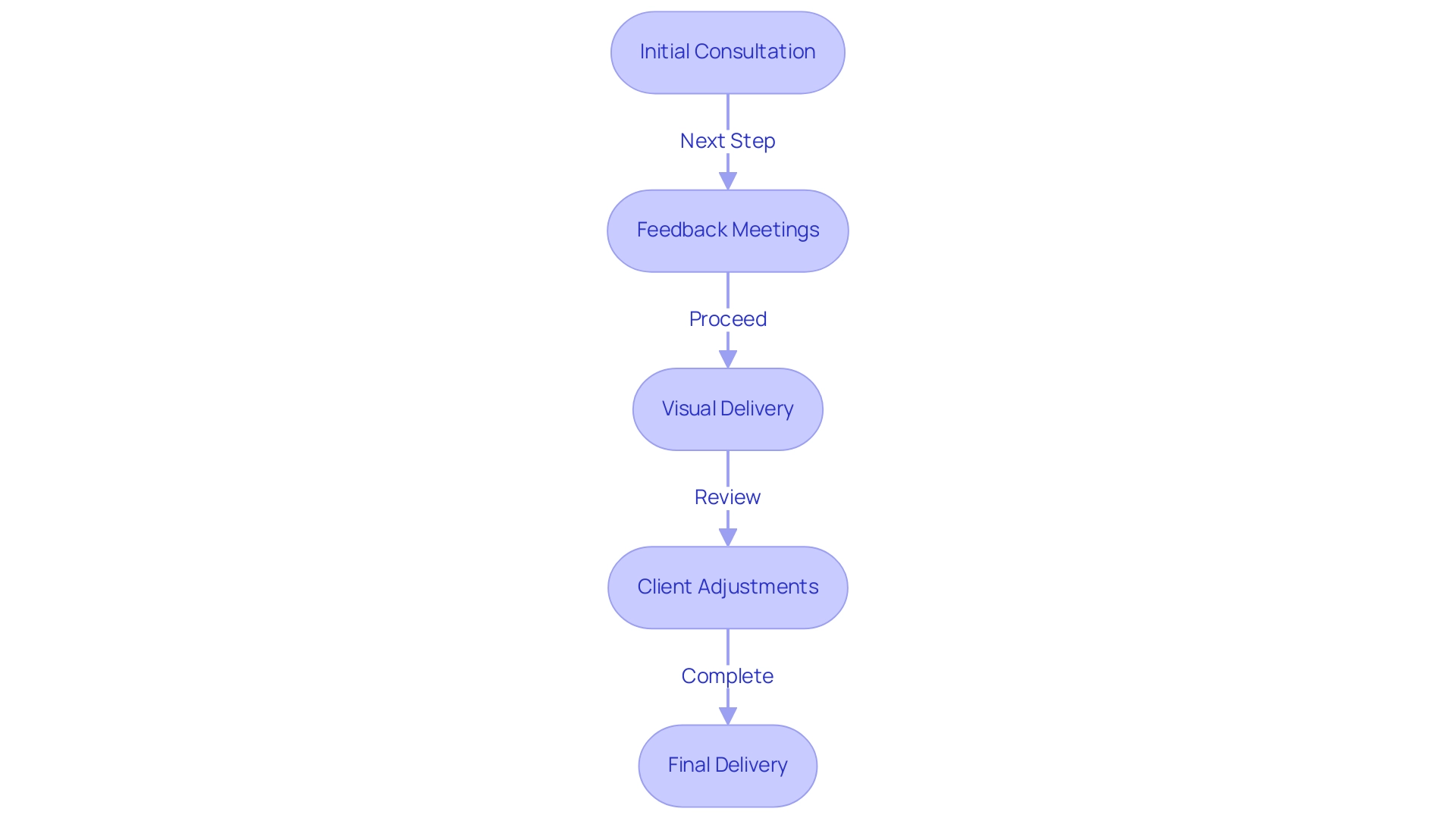
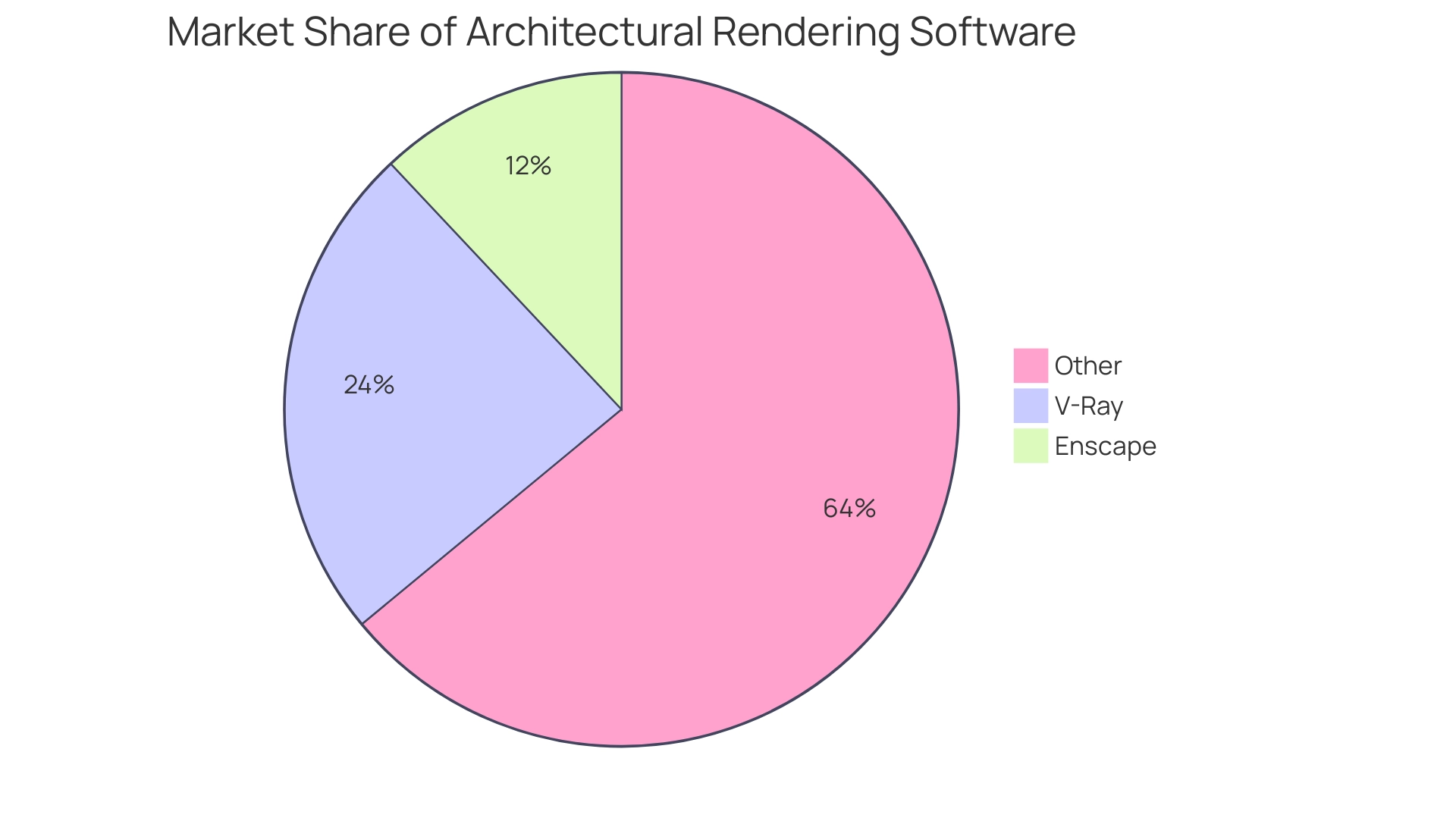
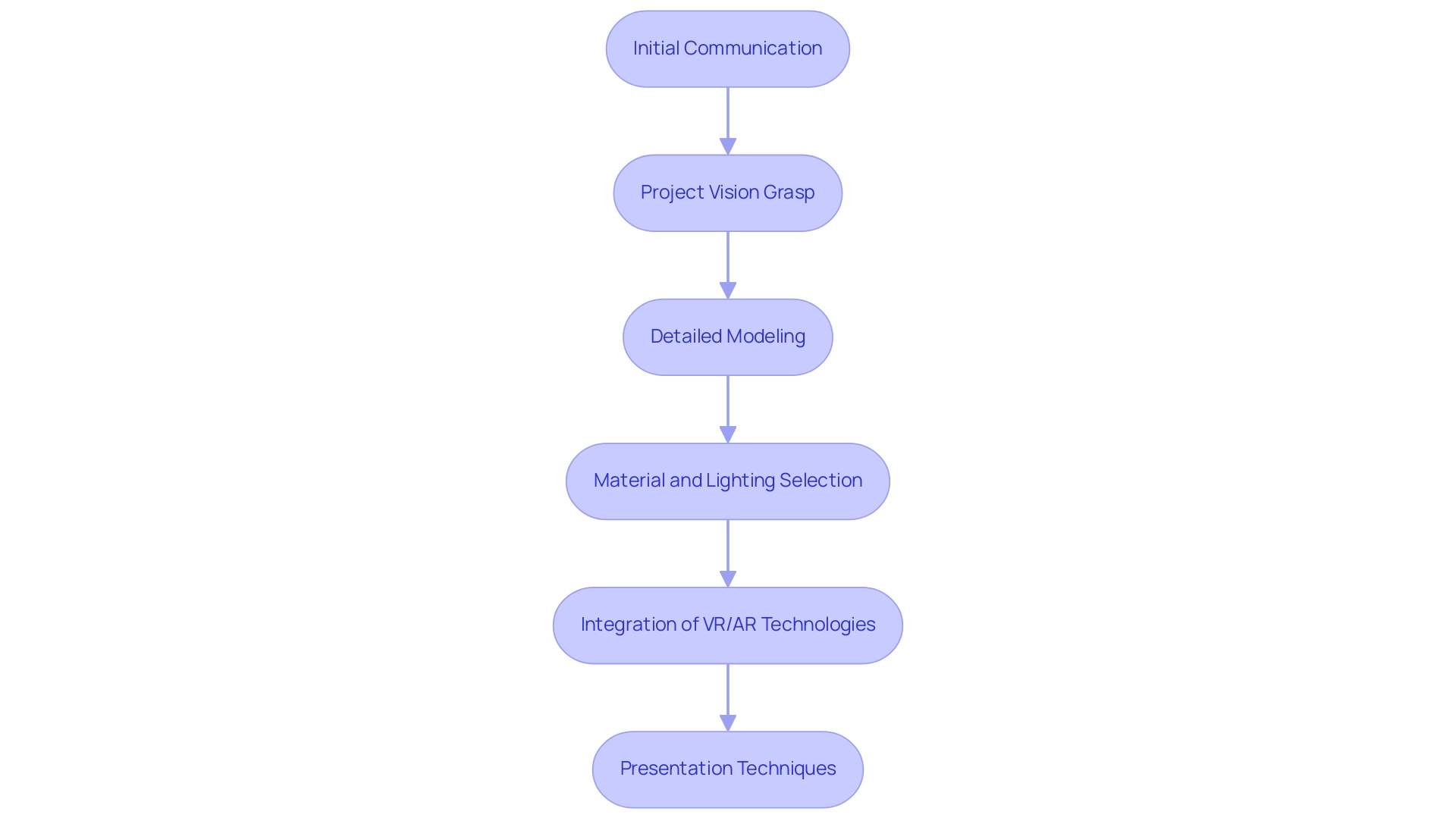
0 Comments